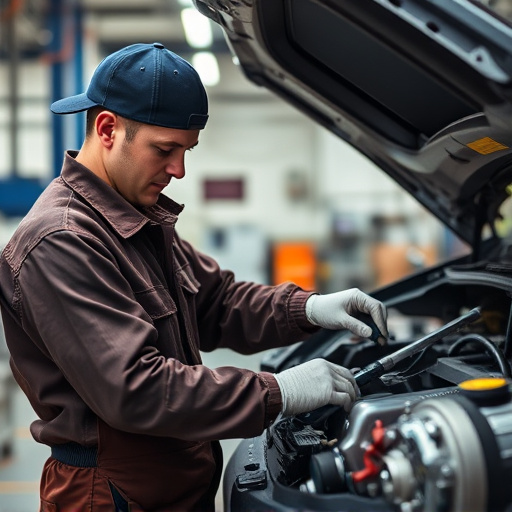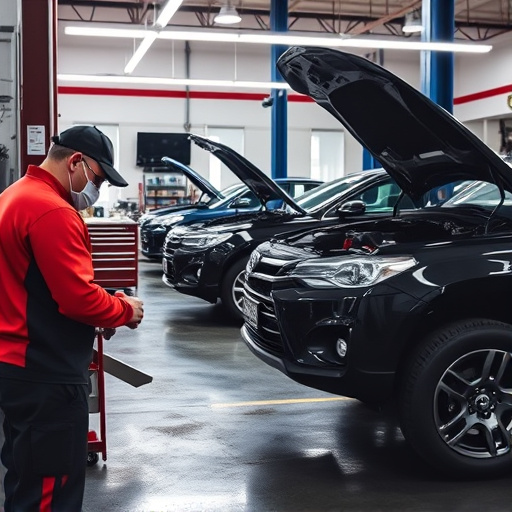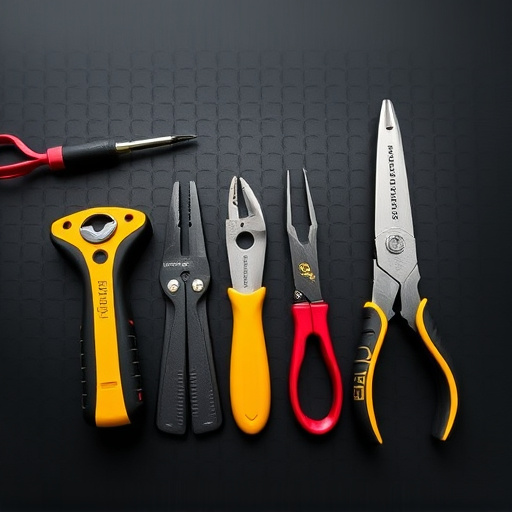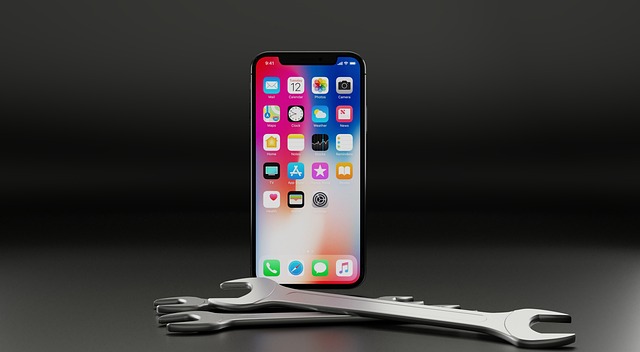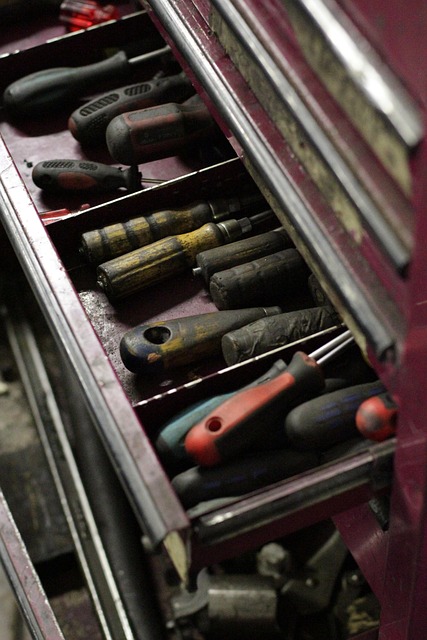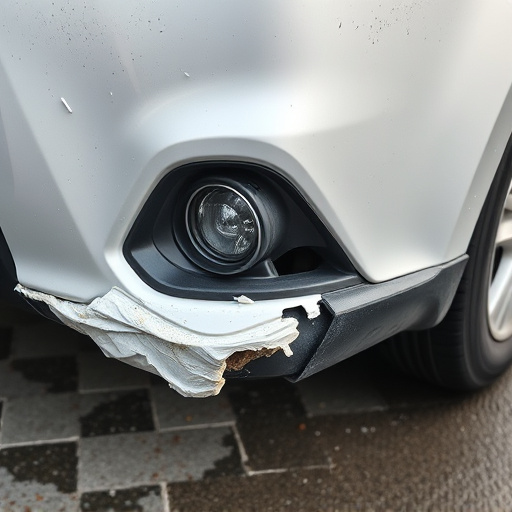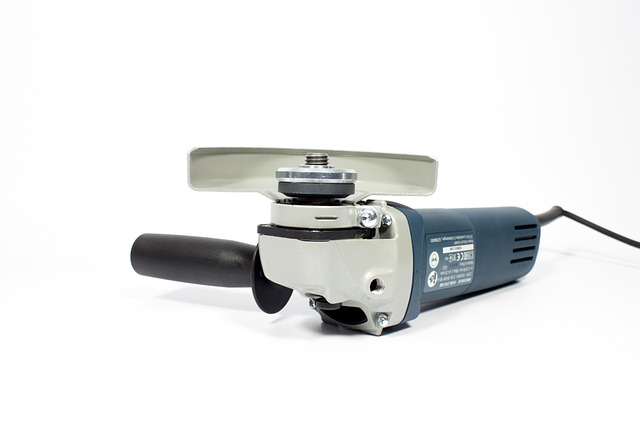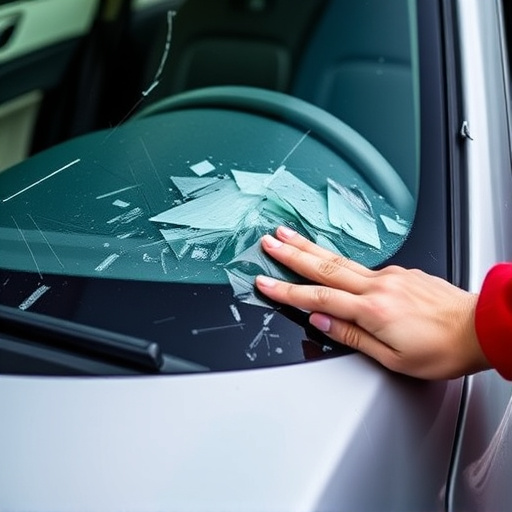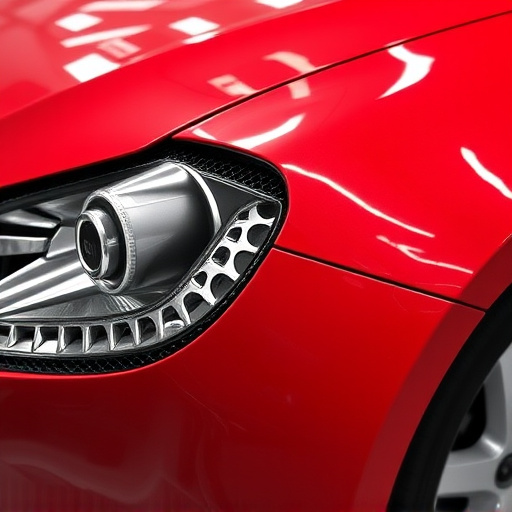Fiberglass panel repair for vehicles involves identifying damage like dents, cracks, and delamination. Essential tools include sandpaper, mat, resin, hardener, protective gear, and a pressure washer. A structured approach includes inspection, preparation, mixing and applying resin, curing, sanding, priming, and painting for a durable, seamless finish.
“Uncover common techniques for mastering fiberglass panel repair with this comprehensive guide. From understanding damage types to gathering essential tools, you’ll learn how to tackle a variety of issues affecting these versatile materials. We break down the process step-by-step, ensuring effective repairs every time. Discover expert tips and tricks for fiberglas panel restoration, enhancing both functionality and aesthetics.”
- Understanding Fiberglass Panel Damage Types
- Essential Tools and Materials for Repair
- Step-by-Step Guide to Effective Repairs
Understanding Fiberglass Panel Damage Types

Fiberglass panel damage can manifest in various forms, requiring specialized knowledge and techniques for effective repair. Identifying the type of damage is crucial in the fiberglass panel repair process. One common issue is impact damage, such as dents or cracks caused by debris or collisions, which often occurs in fleet repair services or luxury vehicle repairs involving vehicle bodywork.
Another prevalent type is delamination, where the glass fiber layer separates from the resin matrix. This can happen due to aging, extreme temperature changes, or improper installation. Delamination significantly weakens the panel and requires meticulous attention during repair to ensure structural integrity. Proper assessment and understanding of these damage types are essential steps in accomplishing successful fiberglass panel repair.
Essential Tools and Materials for Repair

When undertaking any fiberglass panel repair, whether for a car damage repair or vehicle dent repair, having the right tools and materials is paramount to achieving a seamless fix. Essential items on your list include various grades of sandpaper (from coarse to fine), suitable for smoothing and shaping the damaged area. You’ll also need a fiberglass mat, which acts as a reinforcing layer, along with a compatible resin and hardener for bonding the repair.
For efficient fleet repair services or addressing individual car damage repairs, consider investing in a good-quality mask, safety glasses, and gloves to protect yourself from harmful chemicals. Additionally, a pressure washer can be useful for cleaning the damaged panel before repair, ensuring any debris or old residue is removed for a robust bond.
Step-by-Step Guide to Effective Repairs

Effectively repairing a fiberglass panel requires a systematic approach. First, thoroughly inspect the damaged area to assess the extent of the repair needed. This involves identifying any cracks, holes, or delaminations in the panel. Once the damage is assessed, gather your tools and materials—a repair kit typically includes a fiberglass matting, resin, hardener, and a applicator.
Next, prepare the work area by ensuring proper ventilation. Cover adjacent surfaces with protective sheets to avoid contamination. Apply the resin and hardener according to the manufacturer’s instructions, mixing them thoroughly before pouring onto the damaged panel. Place the fiberglass matting over the repair site, pressing it firmly into the wet resin. Allow the repair to cure completely, following the recommended drying time from the product instructions. After curing, sand the repaired area gently until smooth, then prime and paint to match the surrounding panel for a seamless finish, similar to what you’d see in top-notch automotive repair services or auto glass repair processes.
Fiberglass panel repair is a skill that every boat owner or DIY enthusiast should master. By understanding different damage types, gathering the right tools and materials, and following a structured guide, you can effectively fix and restore your fiberglass panels to their original condition. With these common techniques, tackling fiberglass panel repairs becomes a manageable task, ensuring your vessel’s longevity and aesthetics.
